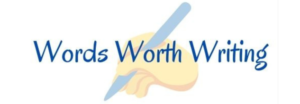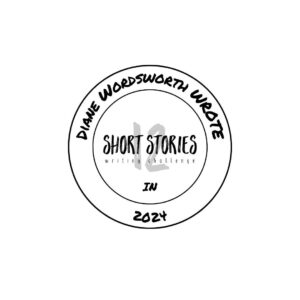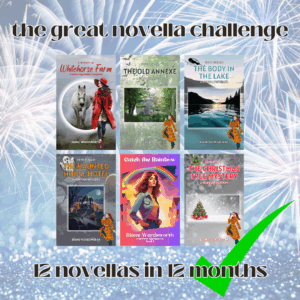
This is my current writing work in progress pile.
The A5 book with the touchy-feely cover of pink flowers on a foliage background is the ideas book. This is where I jot down words, titles, scenarios, plots, outlines of short material, topic lists for non-fiction, market information.
This book is where the magic begins … until it’s full, and then I start a new one. And yes, I do believe very strongly in treating myself to really nice notebooks and then using them. It’s the less nice books that usually have a date and a title on the first page and then nothing else …
The A5 book with the touchy-feely cover of a pink geometric design is more of a nuts-and-bolts book. It’s where proposals for full-length non-fiction books are drafted, where a novel outline may be written, and where the current WIP schedule appears (see pic below). The blue tab sticking out at the top indicates a page earlier in the book that has something outstanding still written on it.
The bright pink shorthand notebook is where the first drafts happen. This book can be any type really, but I have several with the brightly coloured plastic covers. I use both sides of the page and throw the book away when it’s done.
The mustardy coloured A4 book on the bottom of the pile has second drafts in. First drafts and second drafts are written by hand. Each draft is expanded or edited as I go, with additional thoughts added in a different colour ink as they occur.
The yellow jelly, or plastic wallet, has the first typed draft of a short story in, or draft 3. This story, The Last Chick Fledges, is awaiting editing, although I’ve already made a start on the layout. During this typing stage I carry out further expansion or edits again.
These books, a 12″ ruler and a pencil tin go in my writing bag, which is easily transported.

The schedule is what often makes writer friends balk or run away in horror. It’s a bit too rigid or linear or ‘cast in stone’ for them. But it works for me. And anyway, as you can see, I do write things ‘out of turn’ if the muse strikes, or (usually) if I’m struggling with a first draft.
O = Outline; #1 = draft 1; #2 = draft 2; #3 = draft 3 (first typed draft); and E = Edit.
F = Filler; SS = Short Story; (not shown) A = Article; (not shown) RTE = Reader’s True Experience.
Each item is struck through with a colour-coded highlighter pen once it’s done.
Yesterday was a good day, and a good start to the week’s work. Here’s how it went:
- daily admin hour ✓
- write #2 (draft 2) of Pippa and Davey Forever ✓
- write (type) #3 (draft 3) of The Last Chick Fledges ✓
- write a blog post for Words Worth Writing ✓
- more reading for NetGalley (1 of 16 – now 17) ✓
- more reading for 52 Books in 52 Weeks (1 of 12) ✓
- search job boards, daily ✓
- pitch for jobs as and when ✓ (0)
- continue editing book #1 (of 6) for lovely already client ✓
Look at that. Every item ticked. I wrote 2,177 words against a daily target of 1,000 words, I submitted a short story, *and* we walked the dog along the canal when the poet got home from work. I also did some new home admin.
Yesterday I felt like a proper writer again. Long may it continue, because here is what’s on the list today:
- daily admin hour ✓
- write a blog post for Words Worth Writing ✓
- more reading for Net Galley (1 of 17)
- more reading for 52 Books in 52 Weeks (1 of 12)
- search job boards, daily ✓
- pitch for jobs as and when ✓ (0)
- continue editing book #1 (of 6) for lovely already client
- write #2 (draft 2) of Is this where you pee?
I’d like to crack on with that book for lovely already client as I have quite a bit of work from them at the moment.
Do you have a writing WIP procedure? How does it go?





















Your very organisational methods have always either terrified me or put me to shame – not sure which
If I didn’t try to organise it all, I’d get so lost I’d give up.